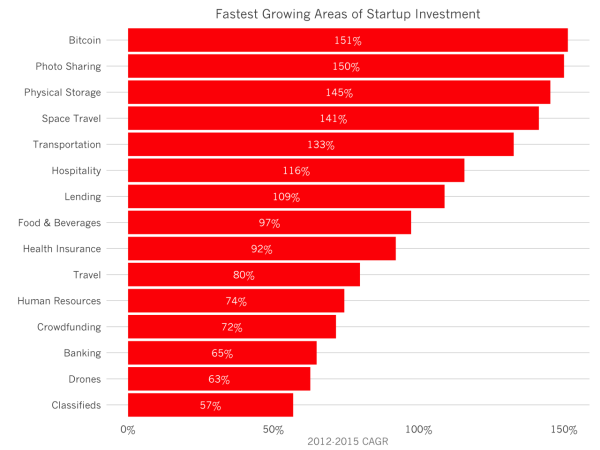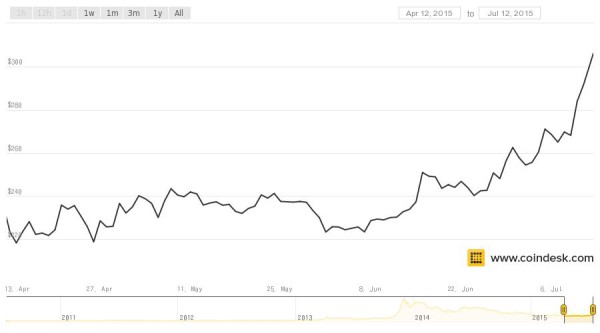Leaders and Executives
I saw the news that Phil Libin has stepped up to Chairman and the Board of Evernote has hired Chris O’Neill to be CEO. I don’t know much about Evernote, I don’t use their product, but I admire the company and I like the idea of a founder leading a company without being its Chief Executive Officer. There are many examples of this working. The most well known is Larry Ellison’s role at Oracle. Larry doesn’t run the business on a day to day basis but his influence is felt deeply in that company. Another great example of this relationship is Reid Hoffman and Jeff Weiner at LinkedIn.
Leadership is different than management. I have said that many times before on this blog and I will say it again. I believe it to be true. Leading is charisma, strength, communication, vision, listening, calm, connecting, trust, faith, and belief. Management is recruiting, retaining, delegating, deciding, communicating, and above all executing. Many CEOs do both for their companies. But getting leadership from the founder and management from a great executive is a model that can work really well.
The key to making this work is having the founder totally bought into the split roles and totally bought into the person who is going to be the executive and provide day to day management to the Company. In the leadership role the founder must step back and allow the executive to manage the business. They need to step in when leadership is required. That is usually when hard decisions are required and the founder’s instinct can be incredibly valuable.
A really good Board can help the founder and the executive figure out when management is required and when the founder’s leadership is required. But the Board cannot babysit this relationship. It has to work and be functional between the two people. If it is not, then someone has to go and that is usually the executive. That is because a founder’s leadership is hard to replace. A strong manager and executive is not easy to find but that talent exists in many places in the market and is not inexorably tied to the company because of the founding relationship.
If a founder can find their manager/executive inside of their company, that is ideal. Because going with a known relationship vs a brand new relationship produces a higher likelihood of success. But you don’t have to do this. Jeff Weiner was hired from outside of LinkedIn. And, I believe Chris O’Neill was hired from outside of Evernote. Both approaches can and do work. But if you have a strong manager/executive inside of your company, I would strongly suggest trying that. It is lower risk.
I have also seen a fair bit of talent churn out after the founder steps up to Chairman, particularly in the senior team. That’s a reason that many founders are nervous about doing this. My advice is to go ahead and do it. The first year of any new CEO’s tenure is going to be super hard and will require rebuilding the senior team, no matter what. But that can be healthy for a business too.
I admire Phil Libin’s conviction that he is not the right CEO for the next stage of Evernote. And I would encourage him to stay deeply involved in the company, providing the kind of leadership that only a founder can provide. And by supporting his chosen CEO who will need it in spades. I wish them both success in this transition.





